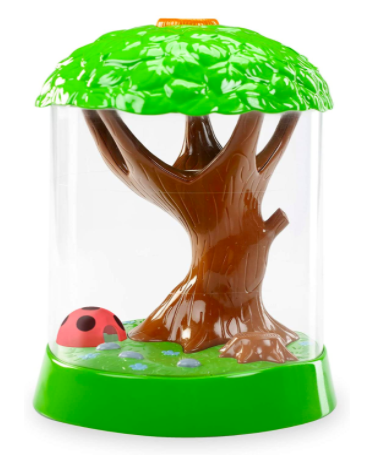When I was a young girl, I walked home from school one day and found a bush covered with ladybugs. I was fascinated by these little round red bugs and amazed at how friendly they were.
These tiny bugs actually allowed me to pick them up and hold them. They crawled on my arm and then they would open their red shells and reveal their wings and fly away. I must have lingered too long because my mother came walking up the street to see why I hadn’t arrived home.
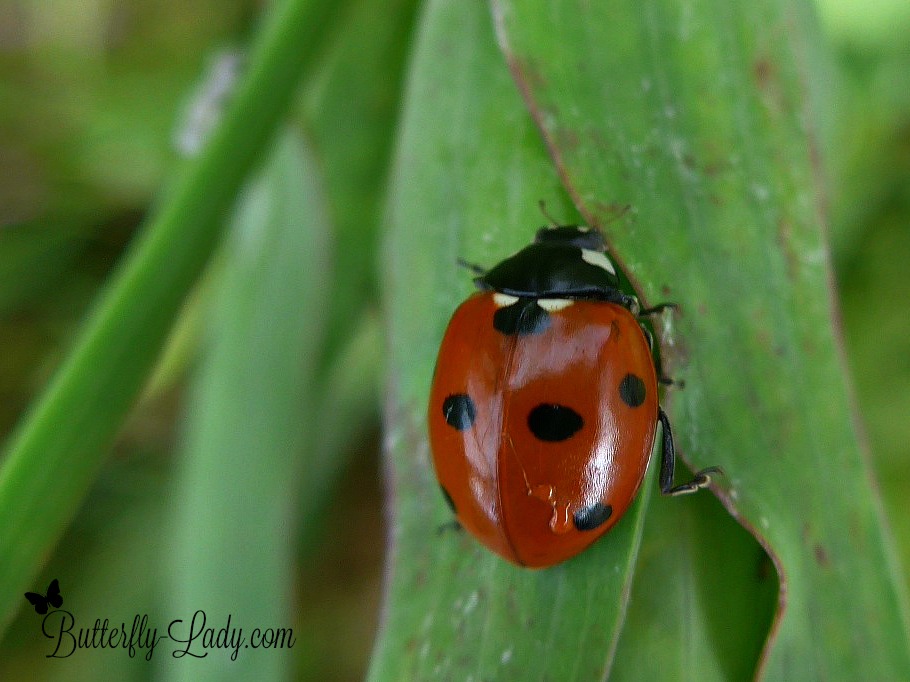
I’m still fascinated by these little creatures. Last spring I was walking along the Jordon River in Riverton, Utah, USA. I was in search of Painted Lady (Vanessa cardui) caterpillars. Thistle grows wild all along the banks of the river and in the spring the butterflies will lay their eggs on the leaves. To my uttermost delight, I not only found Painted Lady larva snug in their silken nests on the thistles, but I also found ladybugs. Lots of ladybugs!



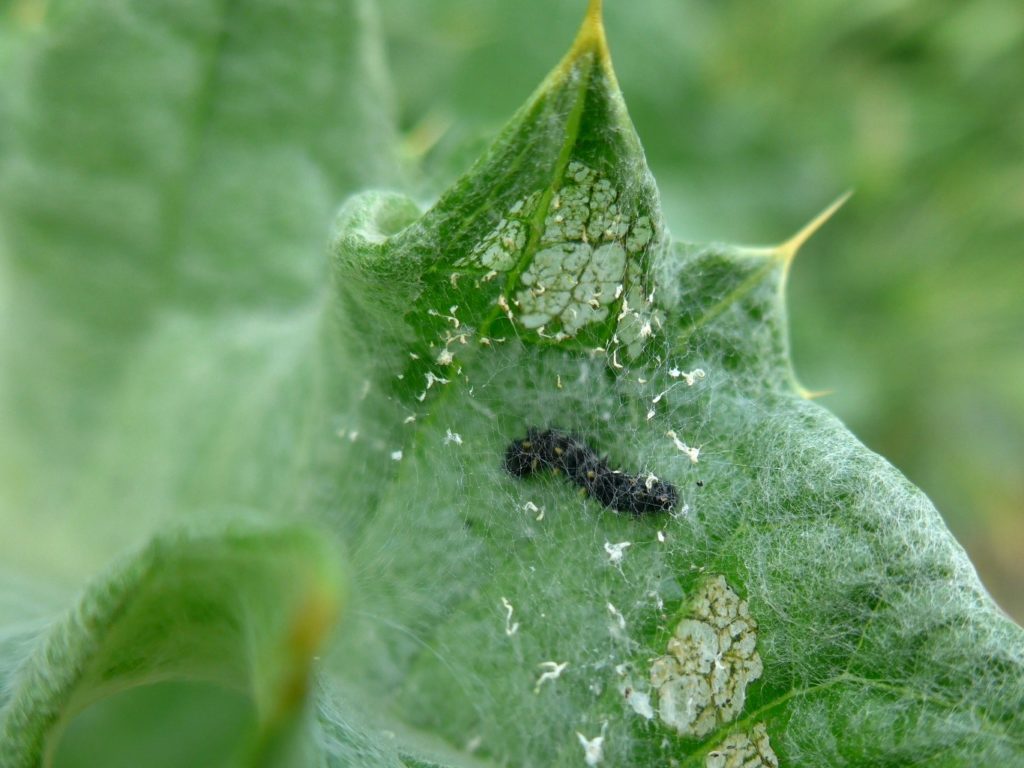
The ladybug life cycle is not much different from the life cycle of a butterfly. The ladybug goes through the same four stages as a butterfly, the egg stage, the larva stage, the pupa stage, and the adult ladybug stage. That day along the river I was able to observe all four stages of the ladybug.

Ladybugs are one of my best friends in my butterfly garden! One ladybug will consume up to 50 to 60 aphids per day. Adult ladybugs, as well as the larva, will also eat a variety of other insects including scales, mealybugs, leafhoppers, mites, and various types of soft-bodied insects. Ladybugs are a very beneficial group of insects for your garden.
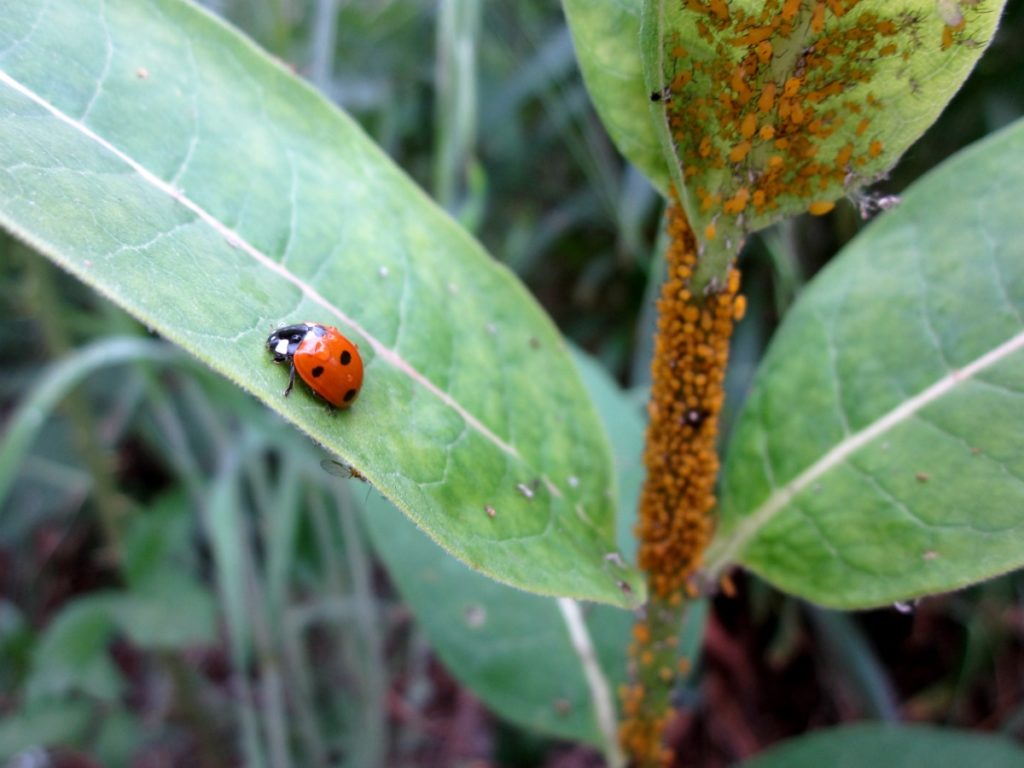
You can sometimes find Ladybugs to purchase from your local garden center. They can also be found online. One of my favorite activities as a teacher of young children was to read the book The Grouchy Ladybug by Eric Carle (my personal favorite) and then take the children outside to have their very own experience with “friendly” ladybugs. I would place one bug on their hand and watch their faces light up with joy as they held the bug.
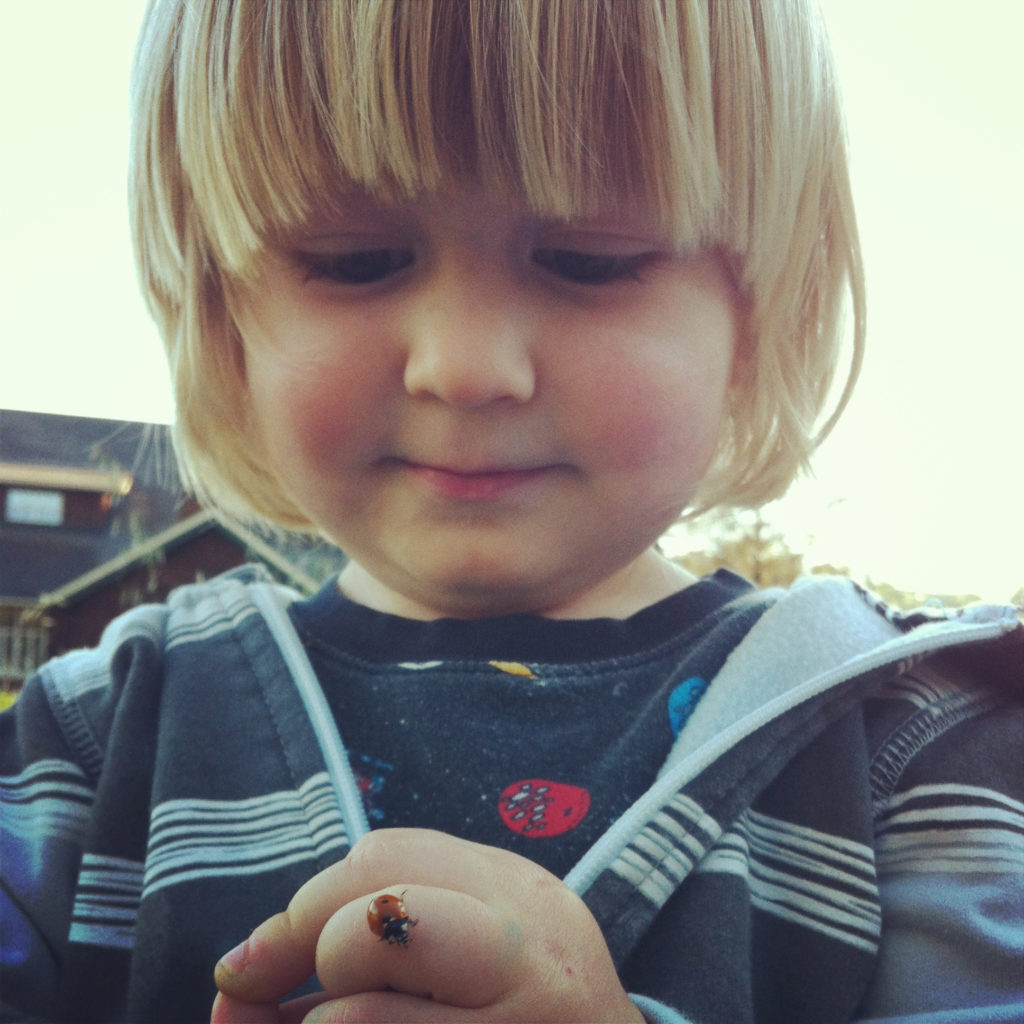
Gardening Know How provides the following tips for when purchasing ladybugs and keeping them in the garden:
First, realize that the same things that you do to attract butterflies will also help keep ladybugs in your yard. Making sure that there is food, shelter and water will go a long way to making your garden look like a good place to settle down and lay eggs (which means more ladybugs).
Second, you need to help give yourself a day or so to convince the ladybugs that your garden is a good place to live. When you receive your ladybugs, place them in the fridge for six to eight hours. This will slow them down (but will not kill them) and keep them from flying right off when you open the container.
Third, make sure you release them at the right time. Twilight hours are the best time to release ladybugs, as again, they will be likely to fly off. Right after dusk or right before dawn is the perfect time to let your ladybugs go.
Fourth, release the ladybugs in the right place. The easier you make it for them to find food and water, the faster they will figure out your yard is where they should stay. Choose either an aphid-infested plant or one of the flowering plants that ladybugs like. Gently water the plant so that the leaves have water on them. Then, release the ladybugs near it.
With these tips, attracting and keeping ladybugs in your garden can be a snap. You can enjoy the benefits of attracting ladybugs all summer long along with the butterflies!


